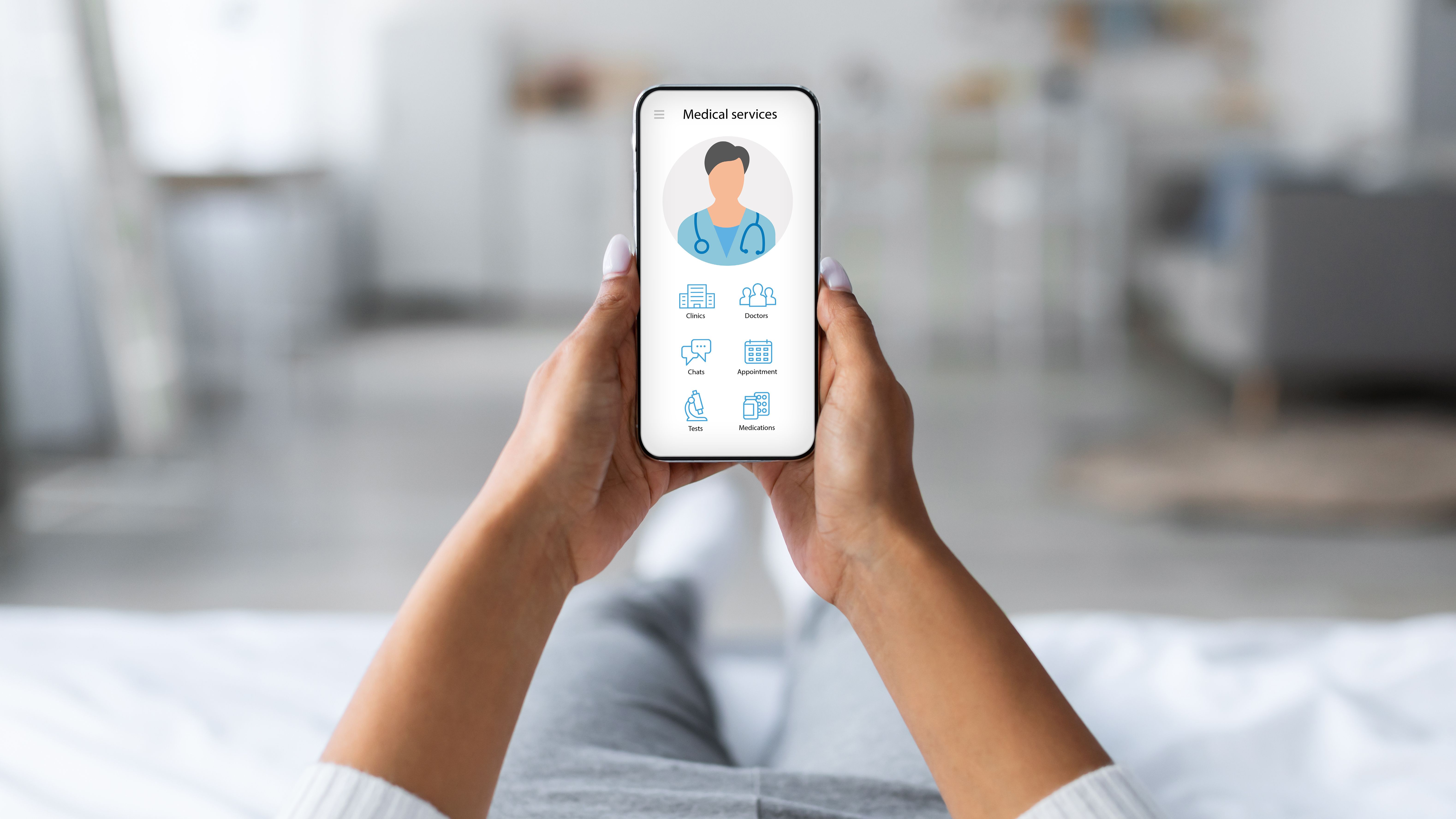Article
When It Comes to Seeking Healthcare, Money Changes Everything
Author(s):
The results follow a separate report that outlined the reasons why low-income workers don't seek preventive care, and what can be done.
If preventive care is free, does everyone seek it?
Not always, according to a study published in the February issue of Health Affairs. According to the authors, led by Bruce W. Sherman, MD, of Case Western Reserve University, low-income workers used half the level of preventive care, and had twice the level of hospital admissions.1
The study, based on 2014 data from 42,936 employees across 4 self-insured employers, follows an article Sherman and his co-authors published last year in The American Journal of Managed Care® (AJMC®). In the AJMC® article, Sherman et al explained that low-income workers are often at the bottom of the benefit food chain—penalized for taking time off and saddled with deductibles that keep them from seeking care. But even preventive care that is free under the Affordable Care Act is problematic if they can only seek care during off hours, the authors wrote.2
The data reported in Health Affairs shows how income level affects patterns of healthcare use even when preventive services are covered. In the quartile with the lowest-income workers, only 19% sought preventive care, compared with 38% of the quartile with the highest wages. The hospitalization rate was 31 per 1000 workers among the lowest-wage workers, compared with 17 per 1000 for the highest-wage workers.
With annual healthcare costs high for both the lowest-wage and highest-wage groups ($4835 vs $5074), it’s worth asking what employers could do to entice the low-wage earners to seek preventive care. In the AJMC® article, the authors discussed some policy options for employers:
· Earnings-based premium structures that limit out-of-pocket costs for the lowest-income workers can encourage them to seek even preventive care, since some workers avoid tests that might lead to care they would have to fund to meet a deductible.
· Work-site clinics or telemedicine can increase access for those who cannot afford to take time off.
· Education to improve healthcare literacy could help these workers understand the implications of not seeking care.
The authors speculate that classes of workers that see frequent turnover may get less attention when employers create benefit designs. But this may not be a good strategy, they say. “Employers, especially those in industries with higher proportions of low-income employees, may want to better understand the impact of low-income workers on organization healthcare and productivity costs,” they wrote.
References
1. Sherman BW, Gibson TB, Lynch WD, Addy C. Healthcare use and spending patterns vary by wage level in employer-sponsored plans. Health Aff. 2017; 36(2):250-257.
2. Sherman BW, Lynch WD, Addy C. Lost in translation: healthcare utilization by low-Income workers receiving employer-sponsored health insurance. Am J Manag Care. 2016;22(4):286-290.
Newsletter
Stay ahead of policy, cost, and value—subscribe to AJMC for expert insights at the intersection of clinical care and health economics.





